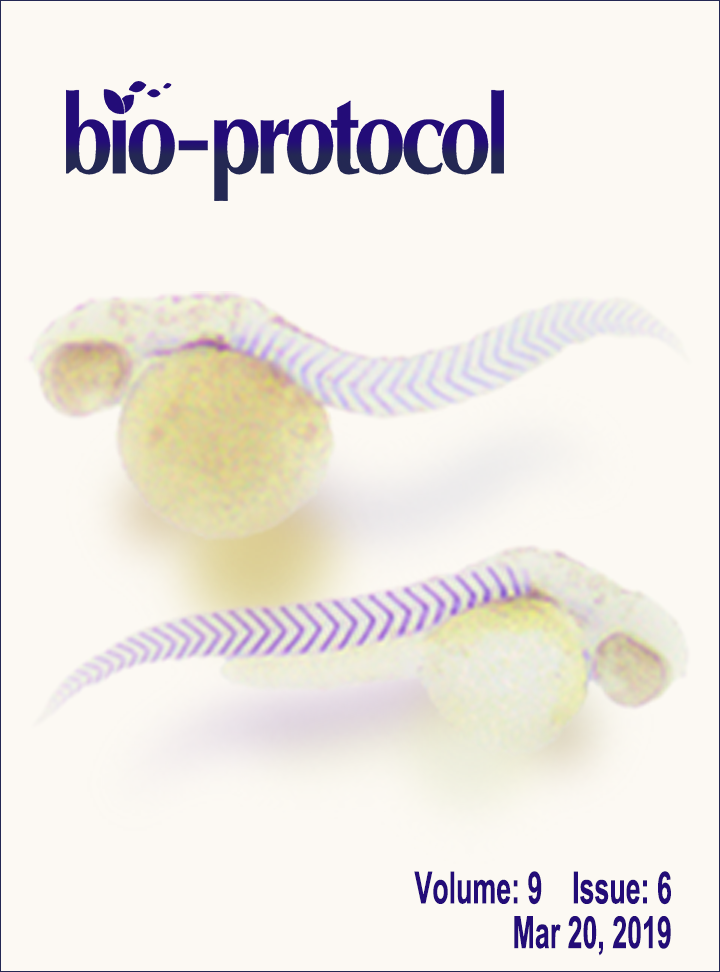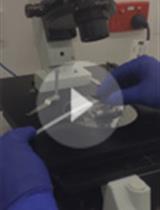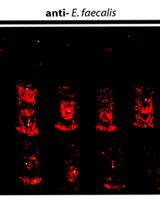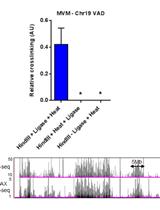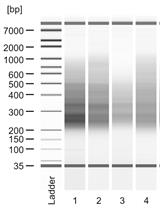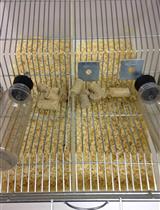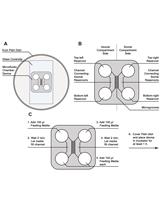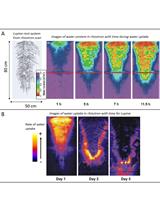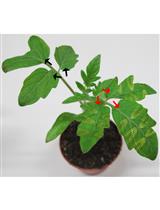往期刊物2019
卷册: 9, 期号: 6
细胞生物学
Straight Channel Microfluidic Chips for the Study of Platelet Adhesion under Flow
直通道微流控芯片用于研究流动中的血小板黏附
发育生物学
Detection of mRNA by Whole Mount in situ Hybridization and DNA Extraction for Genotyping of Zebrafish Embryos
整体原位杂交检测mRNA并提取DNA检测斑马鱼胚胎的基因分型
微生物学
Biofilm Assays on Fibrinogen-coated Silicone Catheters and 96-well Polystyrene Plates
在纤维蛋白原包覆的硅胶导管和96孔聚苯乙烯板上进行生物膜检测
Quantification of Queuosine Modification Levels in tRNA from Human Cells Using APB Gel and Northern Blot
利用聚乙二醇凝胶和Northern印记法定量分析来自人细胞的tRNA 的Q核苷修饰水平
Viral Chromosome Conformation Capture (V3C) Assays for Identifying Trans-interaction Sites between Lytic Viruses and the Cellular Genome
病毒染色体构象俘获技术用于裂解病毒和细胞基因组之间反向相互作用位点的检测
分子生物学
Preparation of RNA 3’ End Sequencing Libraries of Total and 4-thiouracil Labeled RNA for Simultaneous Measurement of Transcription, RNA Synthesis and Decay in S. cerevisiae
制备酿酒酵母总RNA和4-硫尿RNA的RNA3'端测序文库用于转录,RNA合成和降解的同步测定
神经科学
Social Defeat Stress (SDS) in Mice: Using Swiss Mice as Resident
Swiss小鼠作为研究对象研究小鼠的社会失败应激(SDS)
Primary Embryonic Rat Cortical Neuronal Culture and Chronic Rotenone Treatment in Microfluidic Culture Devices
原代胚胎大鼠皮质神经元培养并长期在微流控培养装置中鱼藤酮处理
植物科学
Measuring and Imaging the Soil-root-water System with a Light Transmission 2D Technique
利用透光二维技术对土壤-根-水系统进行测定与成像
Peptide Feeding and Mechanical Wounding for Tomato Seedlings
番茄幼苗的肽饲喂和机械伤害


